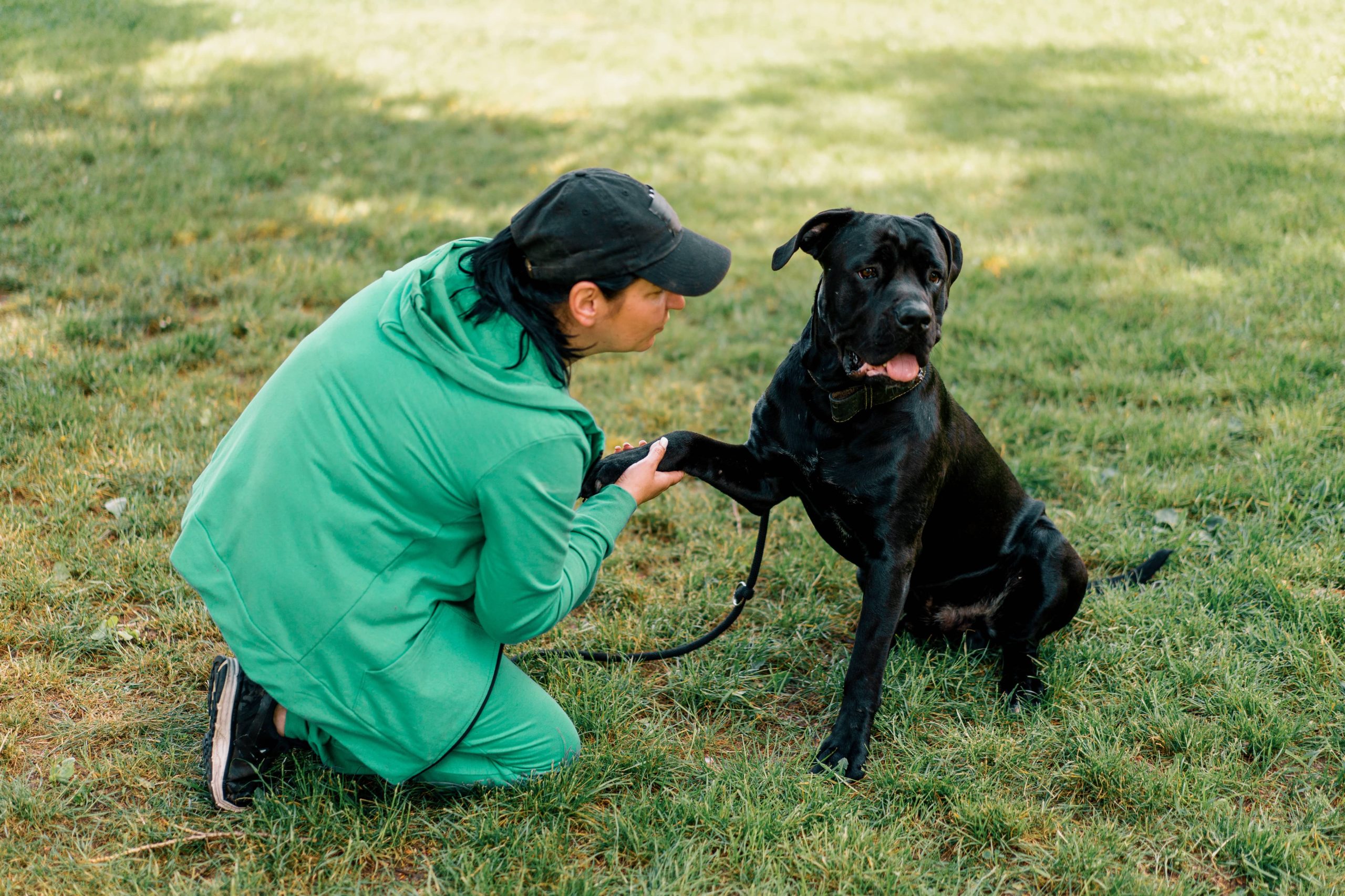
—
Techniques to Prevent Excessive Dog Barking
Is barking just a natural part of being a dog? Absolutely. However, when it becomes excessive, it can be a nuisance for you, your family, and your neighbors. Fortunately, there are numerous methods to curb this behavior without diminishing your dog’s ability to communicate. Understanding why your dog barks is the first step toward managing the behavior effectively.
Understanding the Cause
Before diving into techniques to stop excessive barking, it’s essential to identify why your dog is barking in the first place. Here are some common reasons:
1. Boredom: Dogs are social animals that need mental and physical stimulation. A lack of activities can lead to boredom, resulting in excessive barking.
2. Anxiety: Separation anxiety or fear of certain situations or objects can cause a dog to bark incessantly.
3. Territorial Behavior: Dogs often bark to warn off perceived intruders, whether they’re human or animal.
4. Attention-Seeking: Some dogs have learned that barking gets them what they want – food, toys, or just your attention.
Identifying the root cause will enable you to tailor your approach to stopping the unwanted barking.
Techniques to Curb Excessive Barking
Here are some effective strategies to help you prevent excessive barking:
1. Provide Adequate Exercise
A tired dog is a happy dog. Physical activity helps burn off excess energy which might otherwise be expended barking. Make sure your dog gets ample exercise daily. The amount will vary by breed, age, and health condition, but most dogs benefit from at least 30-60 minutes of exercise per day. Activities can include walks, runs, playing fetch, or participating in dog sports.
2. Mental Stimulation
In addition to physical exercise, dogs need mental stimulation to prevent boredom. Interactive toys, puzzle feeders, and engaging training sessions can all help keep your dog’s mind occupied. Teaching your dog new tricks or commands is also a great way to mentally stimulate them.
3. Desensitization
If your dog barks at specific triggers, desensitizing them to these triggers can be very effective. Gradually expose your dog to the stimulus that causes them to bark at a distance that doesn’t trigger barking and reward them for remaining calm. Slowly decrease the distance over time while continuing to reward calm behavior.
4. Counter-Conditioning
Counter-conditioning involves changing your dog’s emotional response to the things they bark at. If they bark at the mail carrier, for example, you can teach them that the mail carrier’s arrival means something positive, like a treat or a favorite toy. Over time, they’ll associate the previously upsetting event with something enjoyable.
5. Ignore the Barking
If your dog is barking for attention, one of the most effective ways to reduce this behavior is to ignore it completely. Paying attention to a barking dog teaches them that this behavior works. Once they realize barking doesn’t get your attention, they’ll start to do it less. It’s crucial to reward quiet behavior immediately to reinforce the quiet state.
6. Positive Reinforcement
Rewarding your dog when they are quiet is far more effective than punishing them for barking. When your dog stops barking, immediately give them a treat or affection. This reinforces the idea that being quiet results in positive outcomes.
7. Training Commands
Teaching your dog commands like “quiet” or “enough” can be effective. Start by having your dog bark on command with a cue word like “speak.” Next, when they bark, say “quiet,” and hold a treat in front of their nose. When they stop barking to sniff the treat, praise them and give them the treat. Consistency will teach them that “quiet” means to stop barking.
8. Use of Bark Collars
This method should be a last resort, and it’s important to seek advice from a professional trainer or veterinarian before using bark collars. Some bark collars emit a mild electric shock, a spray of citronella, or an ultrasonic sound when the dog barks. These should be used with caution and guidance to avoid any potential harm or escalation in anxiety.
When to Seek Professional Help
If your dog’s barking is due to anxiety or other deep-seated behavioral issues, you may need help from a professional dog trainer or a veterinary behaviorist. They can provide a tailored training plan and may recommend behavior modification techniques or medication.
Conclusion
Excessive barking is a common issue that many dog owners face, but it can be managed with the right techniques and a lot of patience. Understanding the underlying cause of the barking and applying targeted strategies can help reduce the behavior and improve your dog’s overall well-being. Remember, consistency and positive reinforcement are your best tools when working to curb your dog’s excessive barking.






